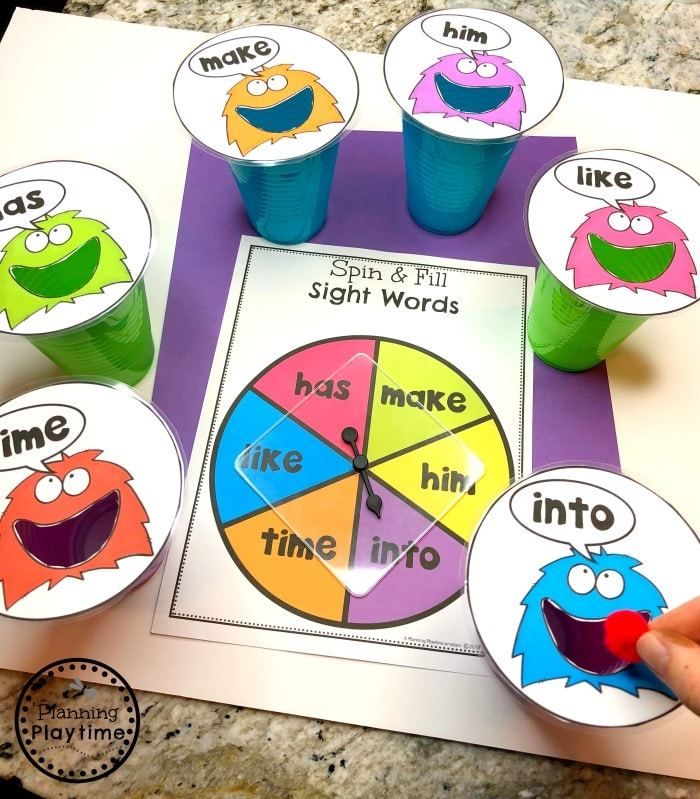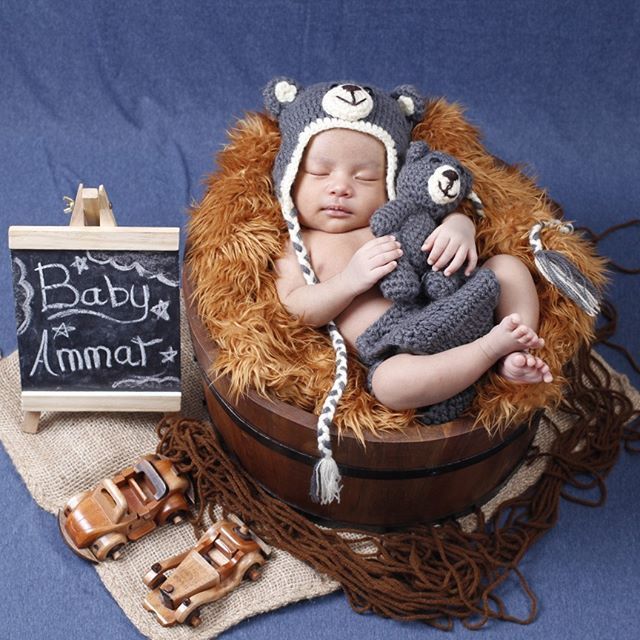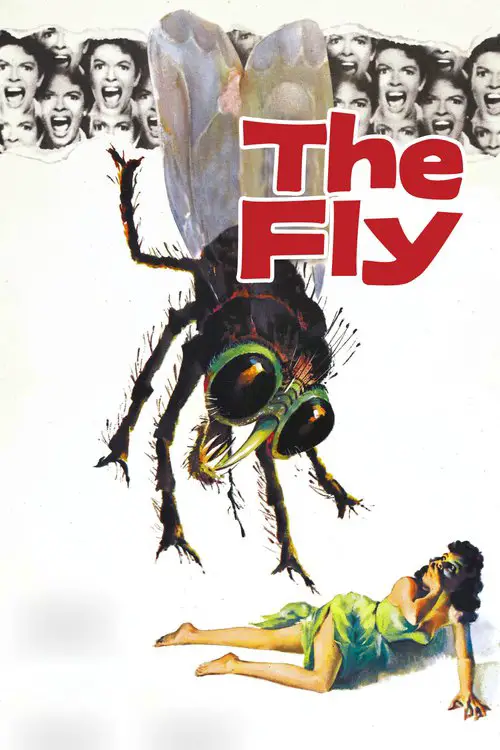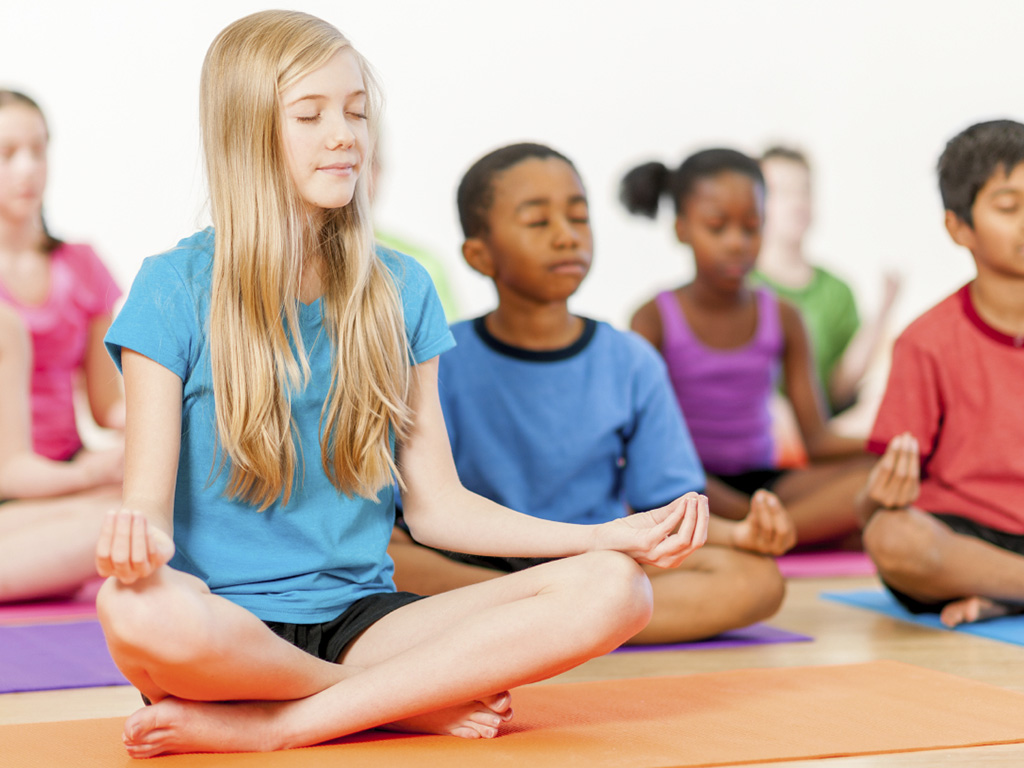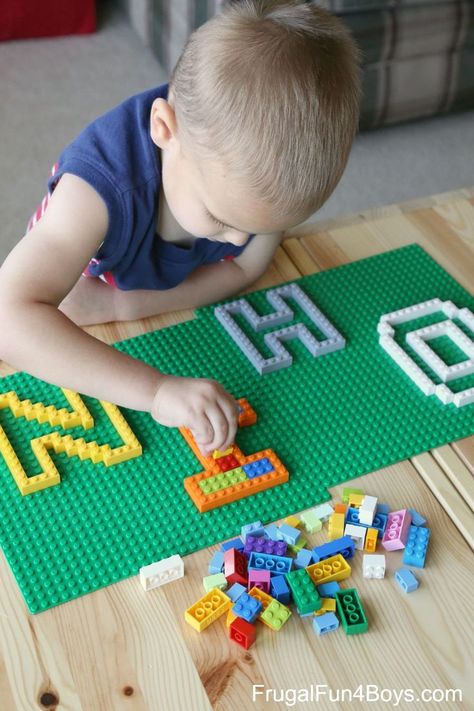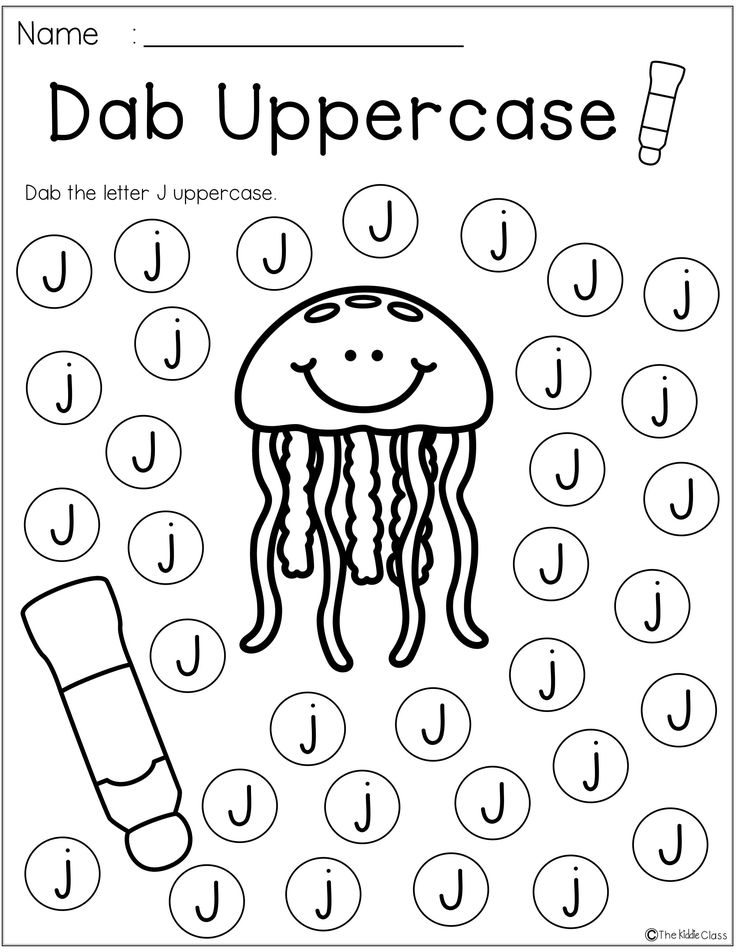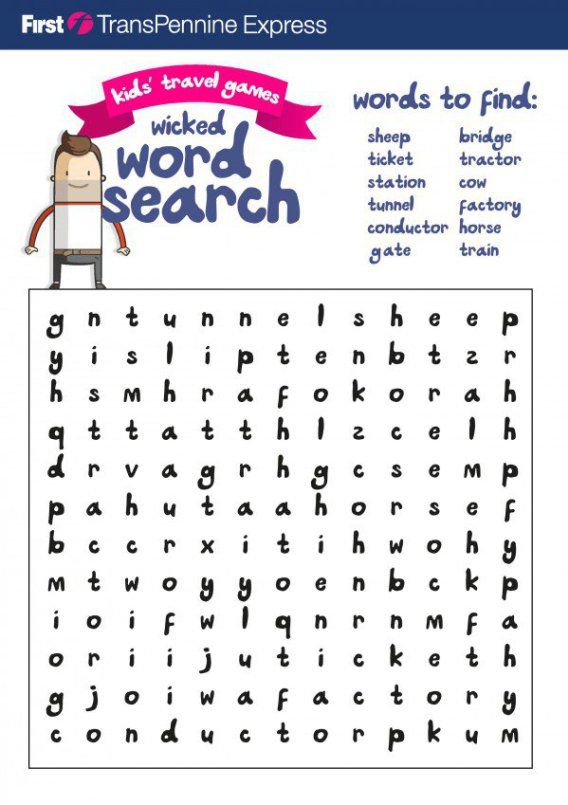Sight words games at home
20 Sight Word Games, Activities, and Reading Ideas
If your child is learning to read, then you know that sight words are high-frequency words common in most text, words like the, and, they, or she. Knowing these words at a glance makes reading easier. Here you’ll find sight word games, apps, multi-sensory activities, and reading ideas. I recommend trying multiple approaches to engage your child’s different modalities of learning these words.
Also, it’s important to note that schools generally use either the Dolch or the Fry Sight Word lists. The lists are slightly different so make sure you know which one to use.
GAMESGames bring an element of fun and playfulness to learning. Since many of these games ask for sight word playing cards, make your own using index cards or download free printable cards here for the Dolch list and here for the Fry list.
Memory
Make your own card deck with two of each sight word. Shuffle. Place the cards face down in rows. When it’s your turn, turn over two cards and try to get a matching pair. If you don’t have a match, turn the cards back over. The winner is the player with the most pairs. (See example on Frogs, Snails and Puppy Dog Tails.)
Bingo
Download premade bingo cards grouped by levels of sight words here. Or, make your own bingo cards with the specific group of words your child is learning.
Scavenger Hunt
Make a list of sight words and a corresponding sticky note for each word on the list. Have your child find the sticky note somewhere in your house and match the word with the corresponding word on the master list.
Go Fish
We played this game a lot when my youngest learned her words. Make a set of sight word pairs (or make four like the original game) for each word. You’ll probably want at least 30 cards. Deal out five cards to each player. Play using the Go Fish rules — either looking for two or four cards to make a set.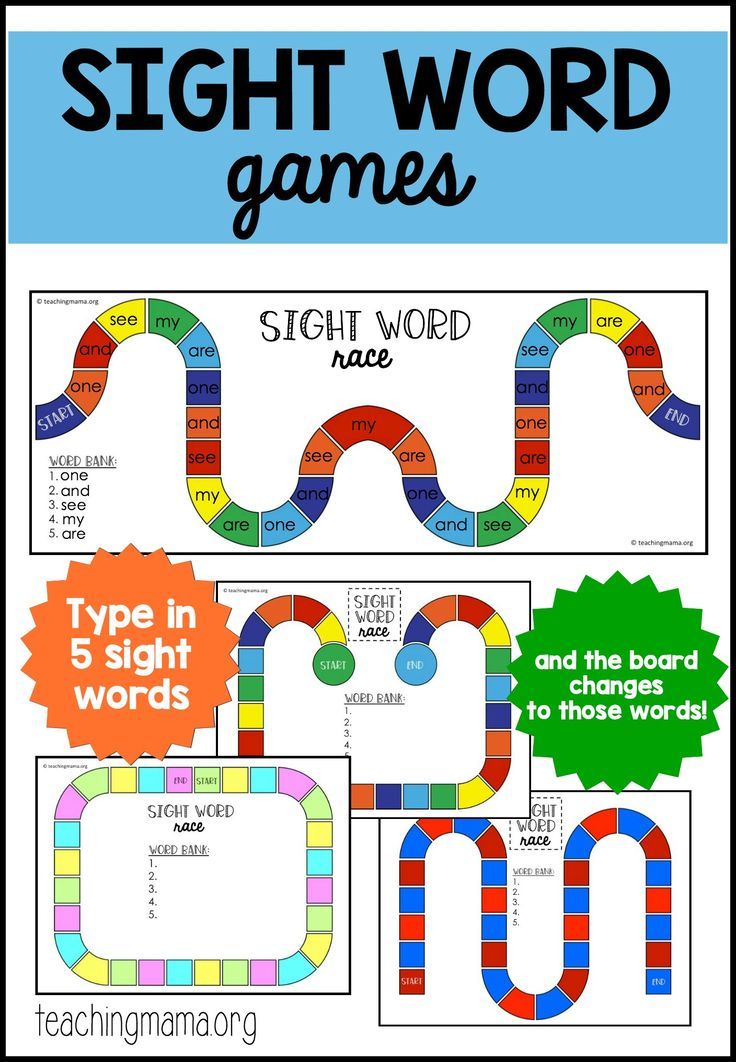
Ukloo
We love this store-bought treasure hunt because it helps kids practice reading sight words. The game clues come in three levels, each has clues written primarily with sight words. We made it inexpensive by finding the silliest “treasures” we could find such as a gum wrapper or paper clip.
Zingo!
Kids won’t even care they’re practicing sight words because this Bingo game makes practice such a blast.
Technology often motivates kids to learn, which is why sight word apps can be a helpful tool. Try these learning apps and see which one your child enjoys most.
Bob Books Reading Magic Sight Words
Read the highlighted word in a sentence and practice writing by dragging the letters to the spaces at the bottom.
Gappy Learns Reading
Fill in the missing letter or letters to make bridges for the rabbit to cross and get home. Includes both three letter words and sight words.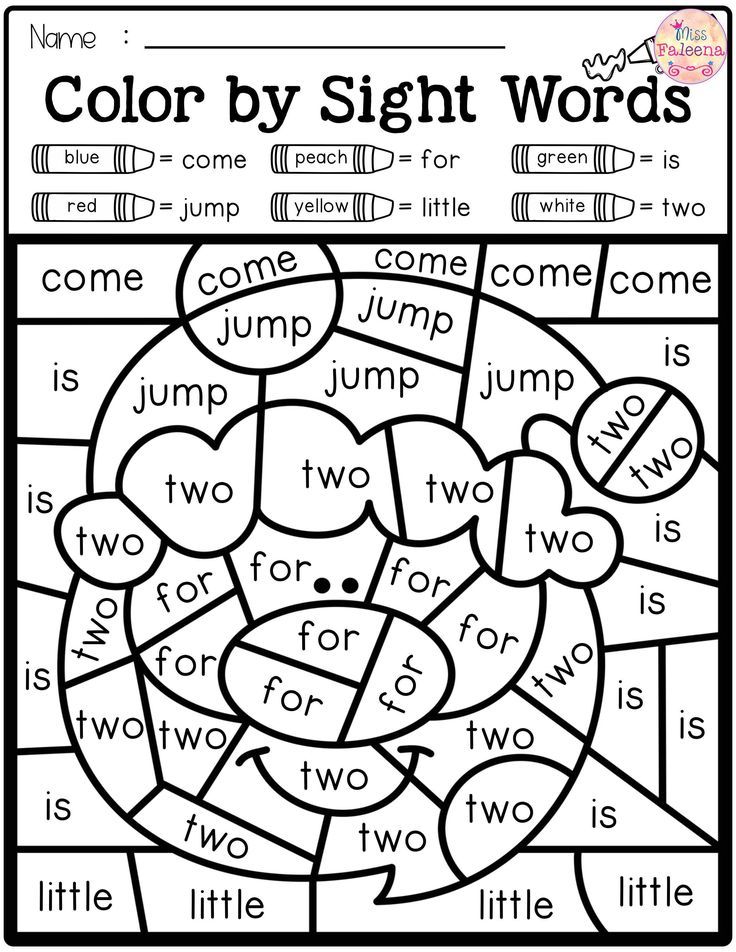
The Sight Word Adventure
Play 10 fun games such as whack-a-mole, letter scramble, and hide-and-seek to practice 320 sight words at five levels.
Sight Word Games
With a section for learning and one for playing games, this new app from This Reading Mama gives kids more ways to practice their words, including Hangman and Bingo.
Sight Word Bingo
My kids loved the cute monsters in this entertaining Bingo game that uses the Dolch words.
We have many senses other than our visual and auditory senses that can be engaged for optimum learning. These activities add in movement and touch.
Chants
With these chants, your child will work to learn the words while moving and acting like an animal.
Play Dough Mats
Using play dough and a sight word mat, make the letters of each sight word. Then write the words below.
Magnet Letters
Make your sight words on a magnetic surface using magnetic letters.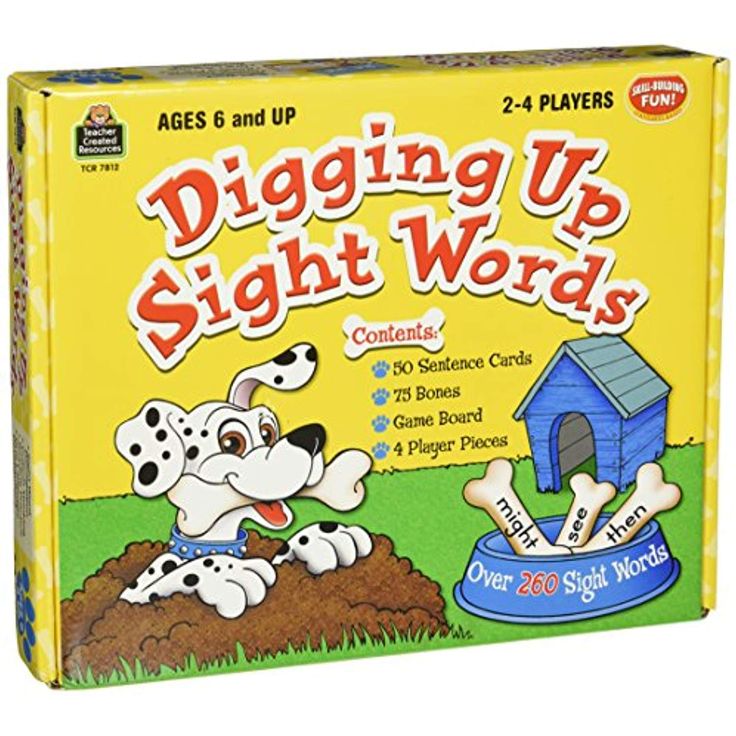
Wikki Stix or Pipe Cleaners
Build your sight words using Wikki Stix or pipe cleaners.
Beads
Practice your words by threading letter beads onto pipe cleaners to make each one.
Flash Cards
You’ll want a list of the words your child needs to learn so that you can make your own flash cards or buy them. Then tackle a few each day. When your child has learned a word, post it on a wall to celebrate. Soon you’ll have a wall filled with words they can read!
Bob Books
Bob Books are short leveled books that help children learn a few words at a time, practice those words in the books, and then move on to reading more. We found them to be a very helpful resource.
Sentence Cards
These are printable cards with a sight word and the sight word used in a short sentence. They don’t just increase a child’s sight word bank, they also improve reading skills too.
Printable Leveled Booklets
These are short, printable books that you can download for free or for a small price that are text controlled. In other words, you can choose the appropriate reading level with what specific sight words your child needs to learn.
Have other tips for how to help kids learn sight words? Share in the comments below.
13 Highly Effective And Fun Sight Word Games To Help Your Kids Learn
What Are Sight Words?
What’s the most common word in the English language? It’s the. Imagine pausing every time you ran across this word in a book, on a poster, or in a magazine. Even the simplest texts would become grueling to read.
Common words in the English language (like the) are often grouped together in the early stages of reading — these are what we mean when we speak about sight words. Sight words aren’t easy to sound out or decode, especially for young readers who are just learning the rules to sound out words, so we memorize them (or, in other words, recognize them by sight).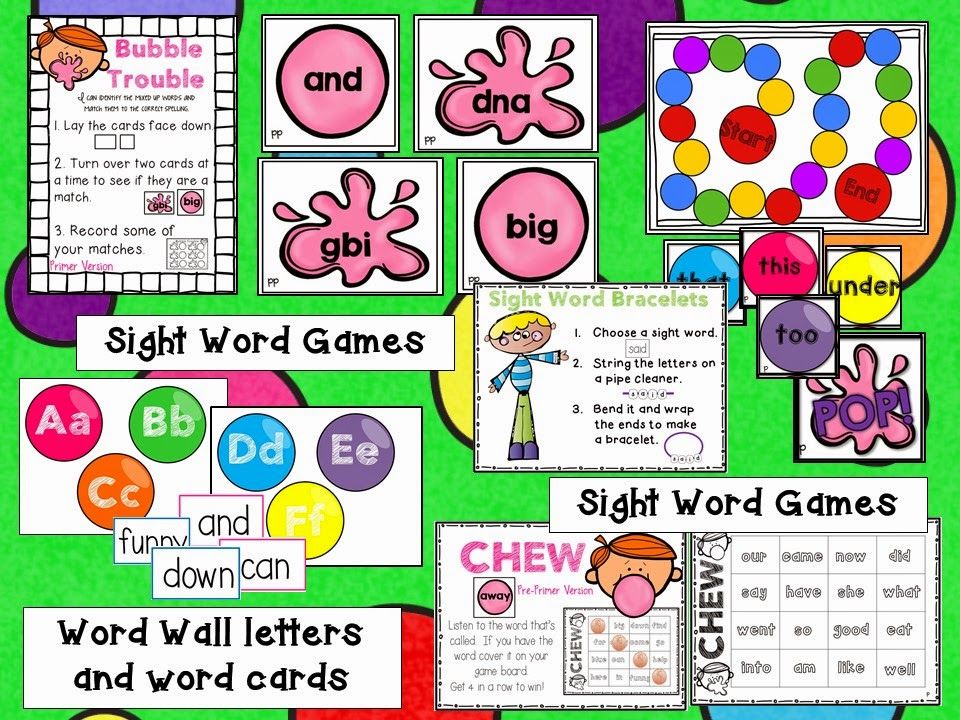
These words occur so frequently that readers, including very young readers, need to know them instantly. And once your child learns basic sight words, they won’t need to spend a lot of time trying to decipher these high-frequency words.
Sight words are dually helpful in this way: they help your child instantly recognize familiar words and help them bypass trying to sound them out because, phonetically, they often don’t make much sense!
Why, for instance, doesn’t the word was rhyme with has? Why doesn’t have rhyme with gave? The first of each is phonetically irregular, despite the fact that they’re some of the most common words in the English language.
As adults who learned to read many years ago, we don’t think twice about why we pronounce sight words the way we do. We also don’t consider why was and has or have and gave don’t rhyme.
Our reading of these words happens automatically, and that’s what helps us read fluently.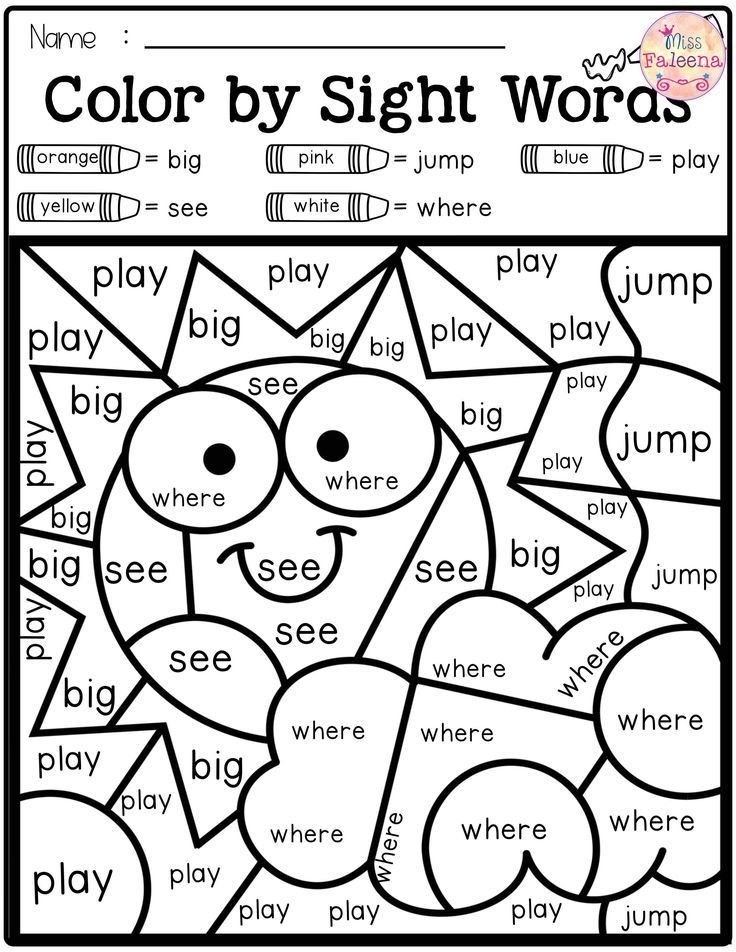 But early readers who are learning the rules of the English language need a little help.
But early readers who are learning the rules of the English language need a little help.
That’s where sight word games come in. We’ve compiled a list of fun activities that you can do with your young reader to help them learn sight words. And these activities are great for both you and your child.
For you, a majority of the activities require minimal supplies and prep time, which is great for a busy parent. For your child, the games are lots of fun, so they can learn without even realizing it.
But before we get to these fun activities, let’s be clear on the specific sight words your child will need to be familiar with.
What Words Should You Use For Sight Word Games?
Decades ago, an educator named Edward Dolch developed a list, used widely by teachers, of the words most frequently used in children’s books. He identified 220 “service words” and 95 nouns. The words are broken down by levels: pre-primer, primer, first grade, second grade, and third grade.
Some of the 315 words that comprise the two lists are very easy for kids to learn: a, I, it.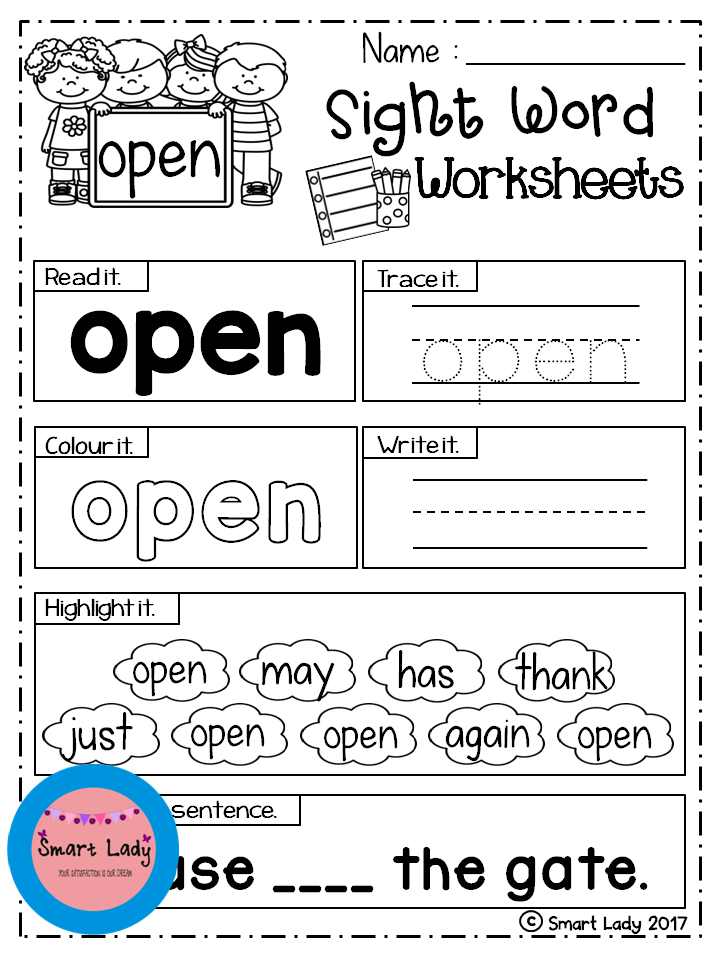 Others offer more of a challenge. For instance, the pre-primer list includes you, said, and where.
Others offer more of a challenge. For instance, the pre-primer list includes you, said, and where.
Here is a list of the 45 sight words we include in our Beginning Reader and Growing Reader pathways:
And, a, the, on, is, to, I, was, you, your, yes, no, do, they, with, that, are, said, girl, boy, were, this, look, like, want, has, of, what, see, go, play, here, very, good, his, her, there, where, have, walk, talk, know, blue, green, little.
Are Sight Words Just High-Frequency Words?
The short answer: not quite. But it’s a little more complicated.
While the terms sight words and high-frequency words are often used interchangeably, there are some key differences.
High-frequency words, as the name suggests, are the most commonly found words in our written language. For example, like, the, it, etc., are all high-frequency words. And some of them follow standard phonetic patterns while others don’t.
On the other hand, though sight words may frequently occur in text, what sets them apart is that they do not fit standard phonetic patterns or the applicable phonetic rules are more advanced.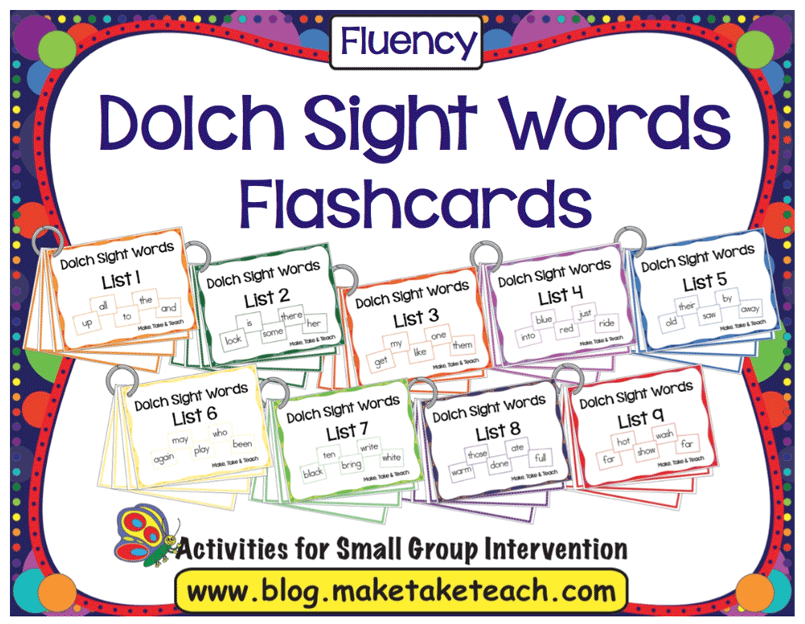 Therefore, they often need to be memorized.
Therefore, they often need to be memorized.
In essence, many high-frequency words can become sight words once a learner reads them instantly without trying to decode them.
One of the best ways to help kids get to this stage of word recognition is to continue exposing them to sight words. This is where games come into play!
13 Fun Sight Word Games To Help Your Child Learn
Parents wear many hats — companion, guidance counselor, teacher, and so on — and all of them are crucial. But one of the most enjoyable parts of being a parent is cutting up with your child and having a little bit of fun.
The good news? Your child can learn and have fun at the same time while playing these games!
We know how invested you are in your child’s future. We want to help you set them up with the best tools for success in the easiest, most enjoyable way possible. So here are some sight word games that will get their brain working and their belly laughing!
1) Sight Word Twister
This is a version of the popular game Twister. If you want to try this game, choose between six or twelve words to work with at a time.
If you want to try this game, choose between six or twelve words to work with at a time.
That number will depend on your child’s comfort level with sight words, their attention span, and the amount of time on your hands! Feel free to start small and work your way up with additional rounds.
Write each sight word you chose on a blank index card. Then, clear a space on a wooden or linoleum floor and tape each word so that they are all just a little bit apart from each other (make sure your little one can still reach!). Now the fun begins.
Tell your child to find one of the words — have, for instance — and place an elbow on the word. Then they must put their knee on a second word and their nose on a third. You can go on to a fourth, fifth, or sixth word, or you can stop at three.
Your child isn’t the only one who has to twist and turn. In our experience, children want you to play along with them and be just as silly about the shapes you make with your body!
Plus, giving your child the chance to choose the word you have to touch helps them practice reading their sight words. Being the “game boss” will give them another opportunity to learn!
Being the “game boss” will give them another opportunity to learn!
Your child may have a blast with this game and insist they want to keep going, but it’s best to limit your play to two or three rounds per player. That will help keep them from getting bored with the game (and give their brain a chance to rest!).
2) Pick The Word
If you want to try this game with your child, write your six sight words on index cards — one word per card. On a separate sheet of paper, list the six words twice — one list for you, one for your child.
Next, place the index cards with the words facing down. You can take the first turn. After picking a word from your list, flip four of the cards so the words are showing. If you uncover the word you’re seeking, you can cross that word off your list.
At the end of your turn, flip the cards back over, mix them up, and give your child a turn at flipping four of the cards.
If on your first turn you did not find the word you wanted, you have to hunt for the same word on your next turn.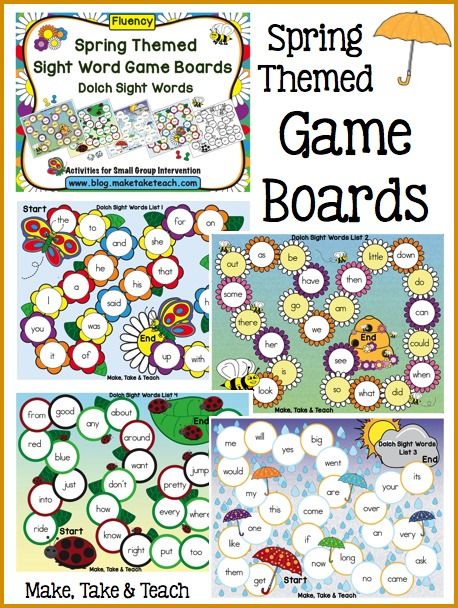 If you found the word you wanted, pick a second word from the list.
If you found the word you wanted, pick a second word from the list.
The first player to cross off four words wins. To make the game more challenging, you can turn over three cards per turn instead of four, or you can aim to find all six words instead of just four of the words.
3) Word Match Up
On a sheet of paper, write your six sight words three times. Your child’s job is to draw a line that connects each word to the two identical words on the sheet.
After drawing a line that connects the first three words, it’s time to connect the next three matching words.
This game may sound pretty easy, but here’s the hitch: your child cannot cross any line already on the page. The page gets pretty crowded with lines, so this is not an easy accomplishment. They may end up with some kooky, loopy lines — and that’s the goal!
Try it yourself. The more you stumble and struggle, the more your child will enjoy the game!
4) Word Toss
If you’d like to give this game a go, write each sight word on its own Post-it® and then stick the words on the floor.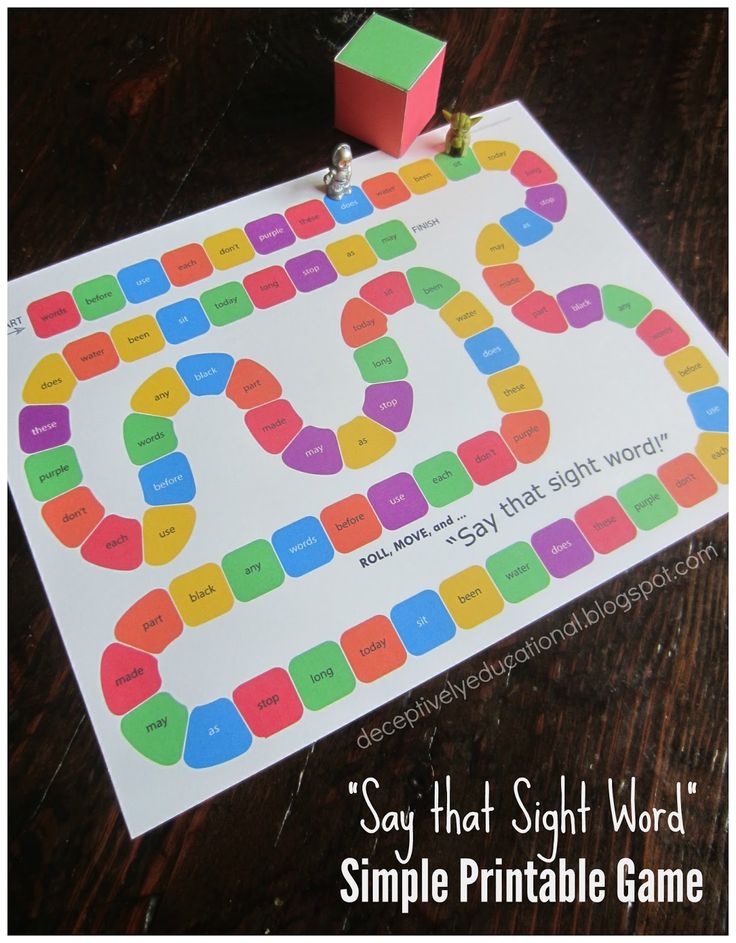 You can also stick them to a wall or a door.
You can also stick them to a wall or a door.
Get a soft toy, like a small stuffed animal, and stand a few feet away from the words. Choose a word and say it aloud. Your child must toss the toy so that it hits the right word.
Your turn next. Your child picks a word for you to hit. The game is more fun if you miss, so don’t worry about having poor aim. You can play to see who reaches a set number of points or who has the most points after five or six rounds.
5) Sight Word Bingo
Selecting from the Dolch lists, you can make custom Bingo cards that use sight words. It makes the perfect, classic sight word game for your child!
We’re sure you know how Bingo works, but just in case, we’ll give you a refresher. Set up one regular bingo board each for you and your child. If more people are playing, you might have teams or make sure you have one card for each player.
Tell your child to pick 24 words. The same words will go on both boards, but in different places on each board.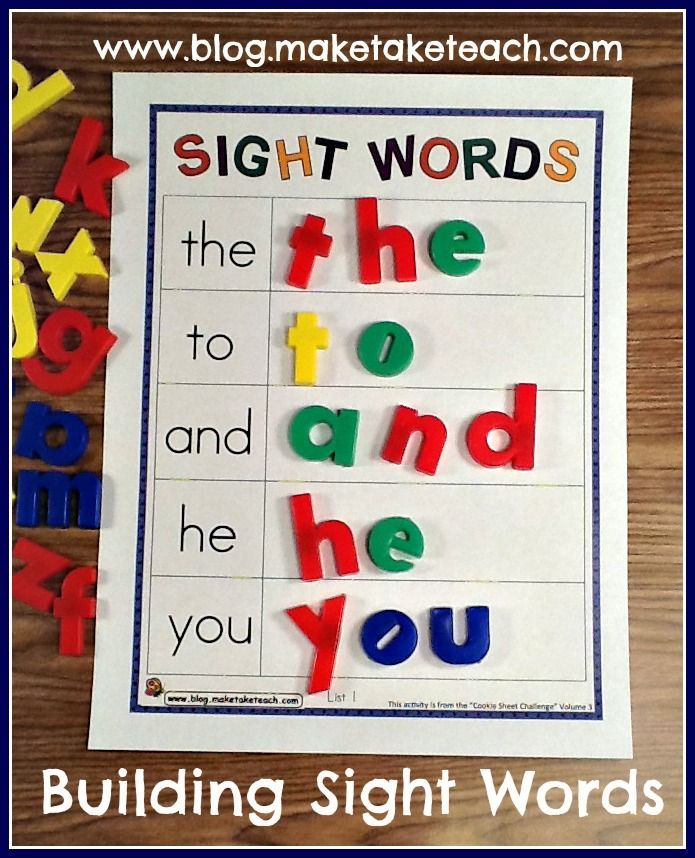 Then write the words on index cards. Turn the cards over and mix them up.
Then write the words on index cards. Turn the cards over and mix them up.
Players will take turns picking cards — reading the words and finding each word on their card. When they find a word, they will cover it with a token or a penny. The first person to get five words in a row wins. Bingo!
6) Sight Word Go Fish
Introducing your child to this game will be easier if they have prior experience with Go Fish. If they don’t, that’s OK, too! It’s easy to learn and a blast to play.
If you’d like to give this game a go, use index cards or cut pieces of paper for playing cards. You can write matching pairs of whichever sight words you want your child to focus on. It’s important that there are at least two cards for each word — the point of Go Fish is to match them!
We recommend starting with 20 cards (ten sets of words) and giving each player five cards in their hand. You can decrease the number for younger children and increase the number (or difficulty) of words as your child gets more comfortable playing.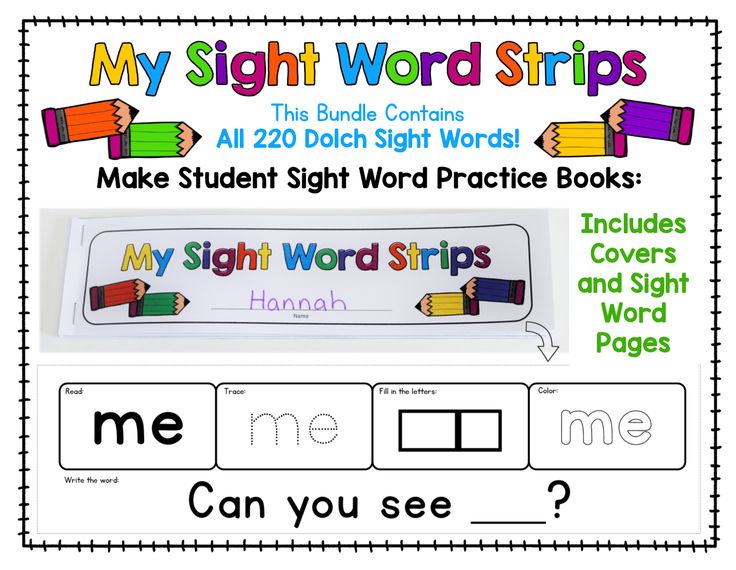
Tip: For younger kids, you might let your child lay the words on the floor and hide them from you by using a book as a shield rather than them holding the cards in their hand, as that can be challenging.
Your child will read out the word they want to match. If the word is an, for example, and you have the other an card in your hand, then you have to hand it over. If you don’t have the matching card, then you tell them to “Go fish!” from the pile of extra cards.
If your child is a little older and experienced with some sight words already, feel free to sprinkle in words they already know.
The familiarity will help their confidence as they work with their new words. We all like the feeling of knowing how to do something correctly — reinforcing their knowledge positively (like through a game!) will help keep them encouraged to learn more.
7) Sight Word Scavenger Hunt
This option is super versatile — it can be played indoors or outdoors!
We all love a good, old-fashioned scavenger hunt.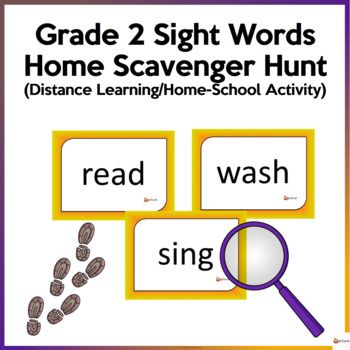 Instead of hunting pastel eggs filled with candy, though, this game has your child hunting their sight words.
Instead of hunting pastel eggs filled with candy, though, this game has your child hunting their sight words.
If you want to try this game with your child, write the sight words you want to use on a stack of index cards and number them 1-10. It may also be beneficial to write the words on a separate sheet of paper for your child to reference so they know the selection.
Then make a list of clues for those same words on a separate piece of paper. For example, one clue might be, “I __ a cookie” (have) or, “What word rhymes with buzz?” (was).
Next, simply hide the cards in places familiar to your child. You can use the backyard, a favorite park, or your whole house if it’s an extra rainy or cold day. They’ll use the clues to figure out which words to search for.
Tip: make sure you remember where you put the cards! You’ll need to keep in mind the different locations while you write out your sheet of clues. The numbers on the cards should coincide with the clues. Have fun with some wacky rhymes and hints that will get your child laughing!
The clue list can also be made optional.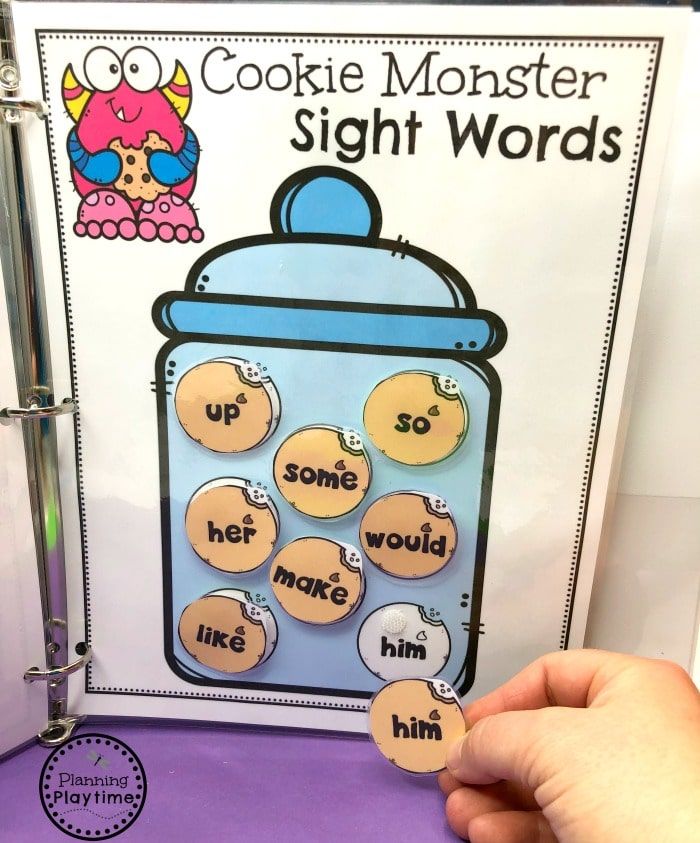 If you’re working in a small space, your child can always just try to find however many words you hid. If they know to look for 10 cards, then they can just run wild through the room (hopefully not upturning furniture!) searching for them.
If you’re working in a small space, your child can always just try to find however many words you hid. If they know to look for 10 cards, then they can just run wild through the room (hopefully not upturning furniture!) searching for them.
8) Sight Word Tower
This is an easy, fun sight word game for your child to try that we guarantee they’ll love — because it involves things crashing and making a mess (but one that’s easy to clean up, we promise!).
While trying this game, you’ll need a stack of paper or plastic cups that you don’t mind writing on with a marker. Near the rim of each cup, write a single sight word you want your child to focus on (that way all the cups are the same).
Then your child simply picks up the cup, reads off the sight word, and tries to create a “tower” or “castle” out of all their sight word cups! Here’s the rub — you can only have three cups on the floor! All others must build on top of those three and cannot be inside each other.
The trick is to make sure the cups don’t fall over — if they do, you have to start again! They win once they stack all the cups (and read all the sight words!).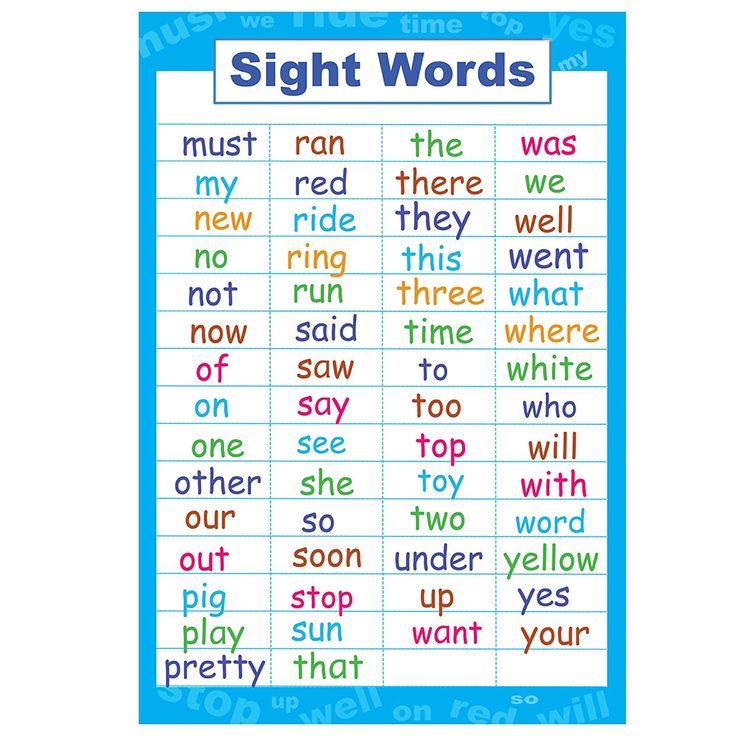
9) Volleyball
This sight word game is easy and simple as well. All you need is an inflatable beach ball that you can write on with a permanent marker.
For each “sliver” of the beach ball, you’ll simply write down a sight word. Then you and your child will toss the ball back and forth. If you want to simulate a proper volleyball game, then you can do this over a net propped up in a yard.
When you catch the volleyball with your hands, you have to read aloud the two words your thumbs touch. For example, your left thumb may touch the word “blue” while your right thumb touches the word “our.” Once you read the words, toss the ball back to the other player.
You don’t have to write in-between the lines on the ball, either. To make it wilder (and challenging!), you can write words all over the ball. That way the words your child “catches” are even more unpredictable.
10) Sight Word Path
All you need for this fun game is masking tape (or painter’s tape), index cards, and a marker.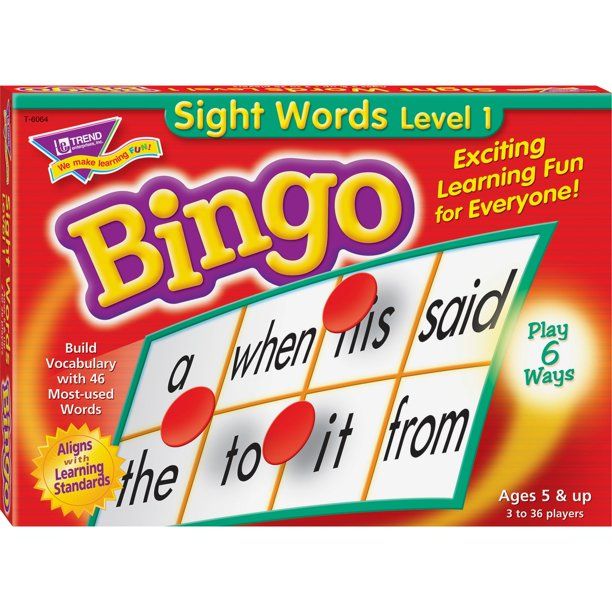
First, write one sight word on each index card. Then, arrange your cards face up on the floor to make a “path.” This path doesn’t have to be straight. It can have as many twists and turns as you’d like (i.e., over the chairs, under the table, etc.).
When placing the cards, make sure they are close enough to each other that your child can step from one card to the next. Important tip: Don’t forget to tape them down with your masking tape to prevent slips or falls. Safety first!
Your child will need to stand at the beginning of the “path” you’ve created and read the word on the first card out loud to start the game. Then, when they’ve read it correctly, they step onto that card.
The goal is to read the next word, and the next, and so forth until they reach the end of the path. If you’re playing with multiple children, each child can start once the player before them has gotten to the end of the course.
Once your child is comfortable with this game, encourage them to read and walk more quickly.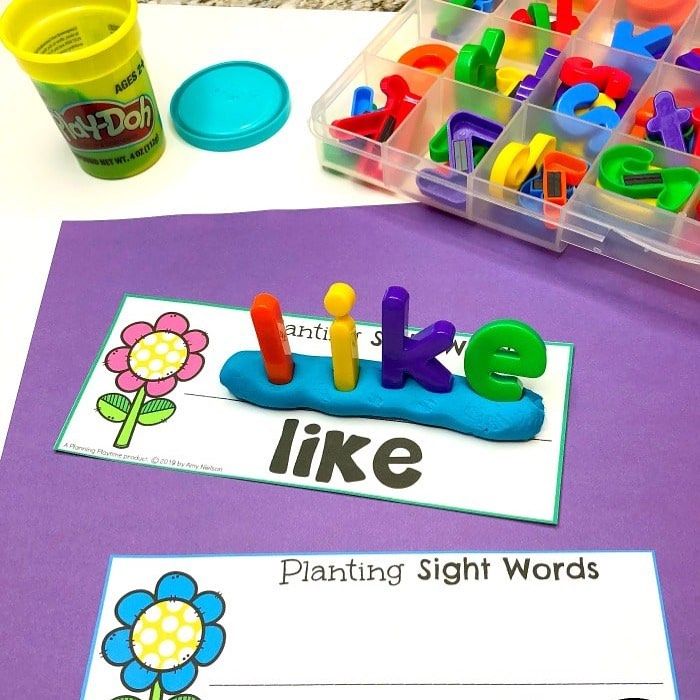 If they are just starting to learn sight words, you can first introduce them to easy terms and increase the difficulty as they go along.
If they are just starting to learn sight words, you can first introduce them to easy terms and increase the difficulty as they go along.
This activity helps kids read sight words quickly and gain confidence through repetition. They’ll also be burning a lot of energy in the process!
11) Hangman
Hangman is a popular game that can also be great to help children learn sight words. To begin, grab some index cards, a marker, and some sheets of paper.
Write one sight word on each index card. Then, use your marker to draw a Hangman “scaffold” on a sheet of paper. (You can also use a chalkboard and chalk for this activity if those are available.)
Next, place the sheet of paper in front of your child, and put the index cards face down next to it. To play, have your child draw a card from the stack and read it aloud. Give them five to 10 seconds to do so.
If your child mispronounces the word on their card, show them how to add the first body piece to the hangman structure (e.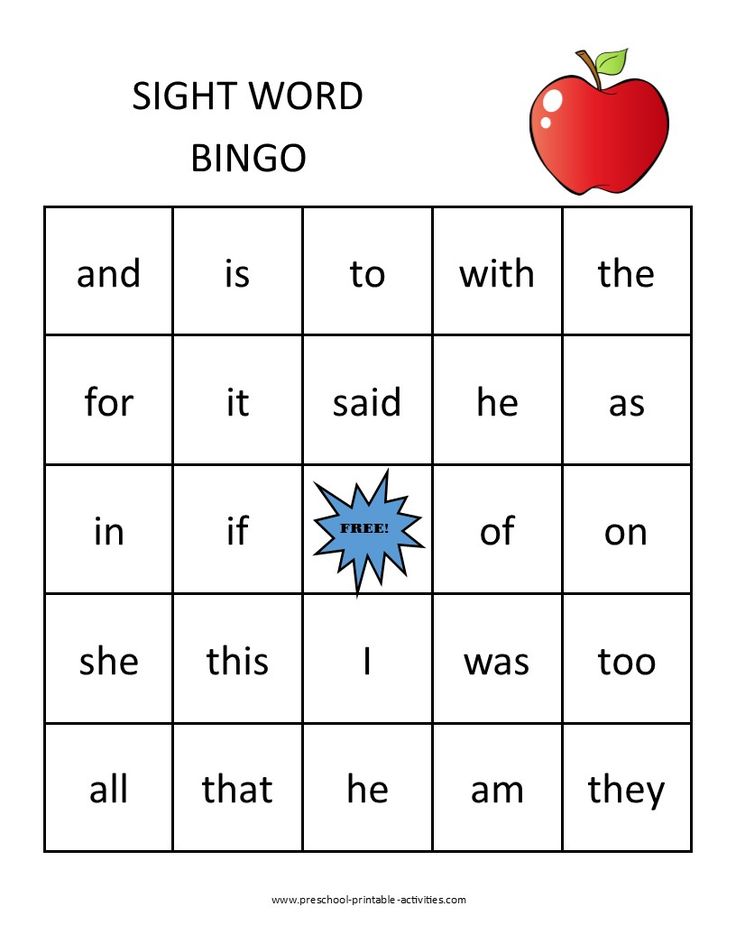 g., the head). That index card will then return to the bottom of the stack for them to try again later.
g., the head). That index card will then return to the bottom of the stack for them to try again later.
(Remember to help them pronounce this word before returning it to the stack so that they’ll be better prepared next time.)
If they pronounce the word correctly (yay!), move that card to a “correct” pile. Then, continue playing until all the Hangman body pieces have been added — head, torso, arms, and legs.
Once the game is over, have your child count all the cards from their correct pile and tally this as their score. If you’re playing with more than one person, the one with the most cards is the winner! Note: Each child will need their own sheet of paper with the Hangman structure.
If you’re playing with very young children just starting to learn sight words, you can take two turns to draw each body piece (e.g., for legs, you can draw from the waist to knees, then the knees to the feet). This will give them more chances to get words right before the game ends.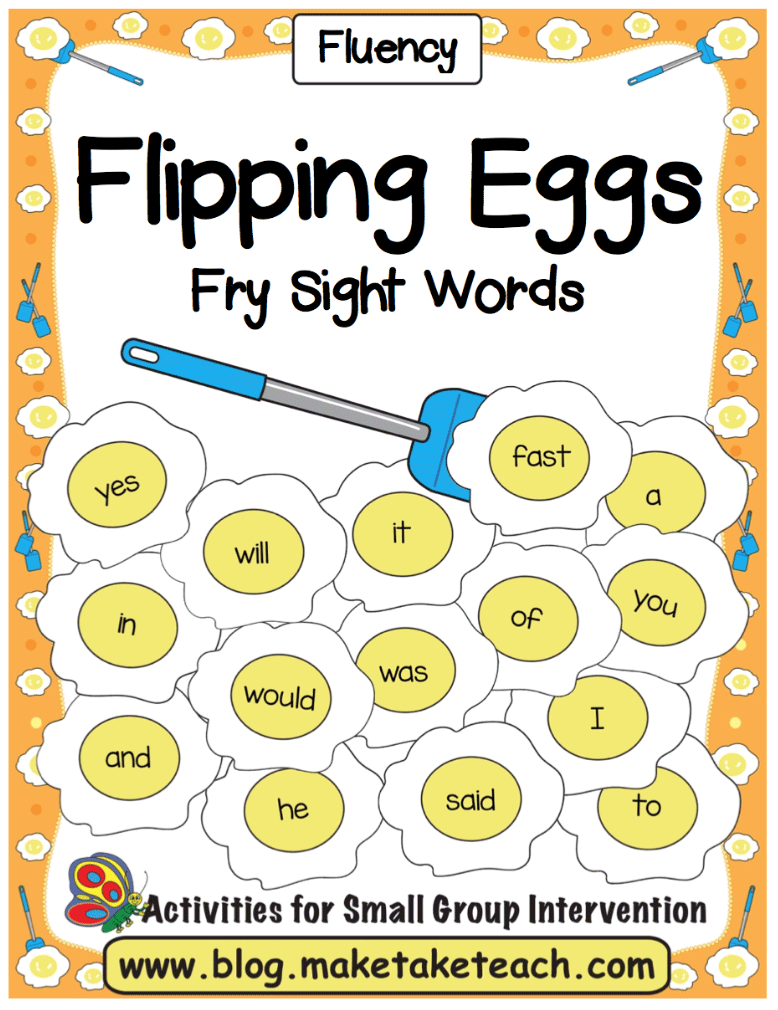
If your child or children are more familiar with sight words, begin the game with the head and torso already drawn, giving them fewer chances to make mistakes.
Also, since any mispronounced words get returned to the stack of cards, your child will be exposed to them again, giving them more opportunities to get the pronunciation correct.
12) Sight Word Discovery
Most kids love discovering interesting items in their homes or backyards. Sight Word Discovery takes this natural love for exploring and mixes it with learning.
You’ll need a few items to get started — index cards, a marker, a large plastic tub, a lot of sand, and craft sticks and rocks (these are optional).
First, write a sight word on each index card. Then, fill the large plastic tub with sand. While filling it up, randomly put the index cards into the tub. You can add some sticks and rocks to the mix as well.
For this game, your child will need to act as a paleontologist who’s on the hunt for sight words (no fossil-finding today!).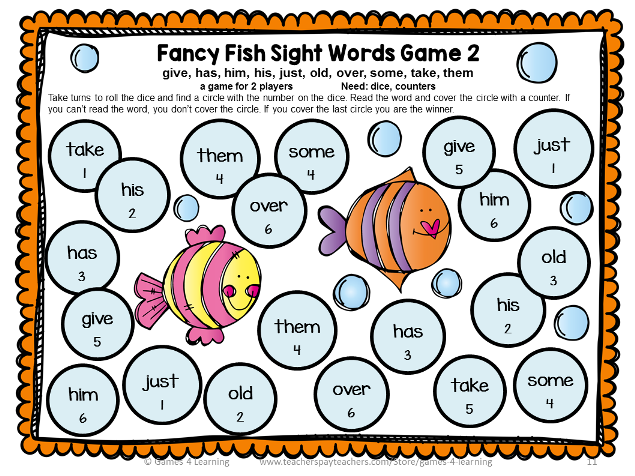 Every time your child finds a new card, have them read it aloud.
Every time your child finds a new card, have them read it aloud.
Wow! Look what I found! It’s “the!”
Sometimes parents find it difficult to encourage their children to participate in learning activities or games. But, since children often love playing with sand or dirt, you don’t have to worry about that here!
13) Sight Words On Playdough
Hands-on learning activities are a great way to help children grasp many concepts. That’s because they’re very interactive, allow for creativity, and help to make abstract concepts real.
All you need to get started with this game is playdough, magnetic letters (or letter cutouts from cardboard paper), index cards, and a marker.
The goal is to encourage your child to construct sight words using the magnetic letters. They will then place these letters upright on the playdough.
To play, place a stack of index cards in front of them, face down. Each index card will have a sight word. When your child draws a card, they’ll need to read it aloud and then construct the word on the playdough.
For example, if your child draws the word like, they’ll need to read it, find the word’s letters, and place them upright on the playdough.
To make things a little more interesting, give your child a timer and ask, “How many words can you construct in five minutes?”
This is a great hands-on learning activity to help kids build their own sight words. And playing with multiple children can add some friendly competition.
What About Reading?
Here at HOMER, we’re big advocates of early childhood reading.
Not only do books expose your child to sight words (and high-frequency words), but they also help improve their vocabulary, strengthen their concentration, and expose children to the world around them.
In addition to playing the above sight word games, you can also continue to read regularly to your child to familiarize them with sight words.
Here are a few activity books you can also check out:
- Learn to Read: Sight Words Storybook (For three to five-year-olds)
- Sight Words Word Search Book for Kids (For four to eight-year-olds)
- 100 Sight Words Kindergarten Workbook (For four to six-year-olds)
- Sight Words Activity Book (For five to nine-year-olds)
- Sight Words and Spelling Workbook (For six to eight-year-olds)
Sight Word Games Are Fun And Functional
Games like these are easy to play, require very little equipment, and are highly effective.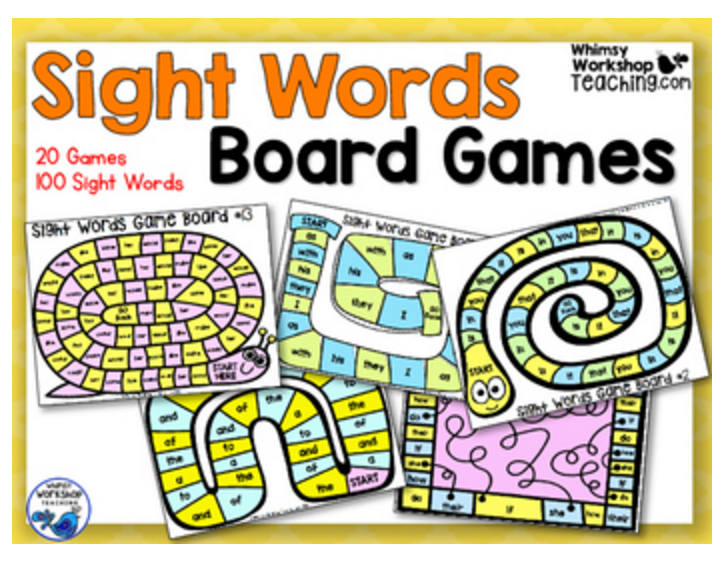 The more you play these or similar games, the faster your child will learn lots of sight words, which will make them stronger, more confident readers.
The more you play these or similar games, the faster your child will learn lots of sight words, which will make them stronger, more confident readers.
We hope you found some interesting options in this list that you’ll try with your child. Remember, sight word games are all about having fun and learning at the same time! Your child will work up their stamina the more they play these sight word games.
And as always, we’re here to offer a helping hand any time you need it. If you find yourself struggling to fit in practice time for your child’s sight words, you can leave them in our hands with the HOMER Learn & Grow app!
Author
Games for the development of visual perception in children with cerebral palsy - Elizabethan Garden
There are games aimed at developing all types of perception (visual, auditory, tactile-motor, etc.).
The success of physical, mental and aesthetic education largely depends on the level of sensory development of children, i.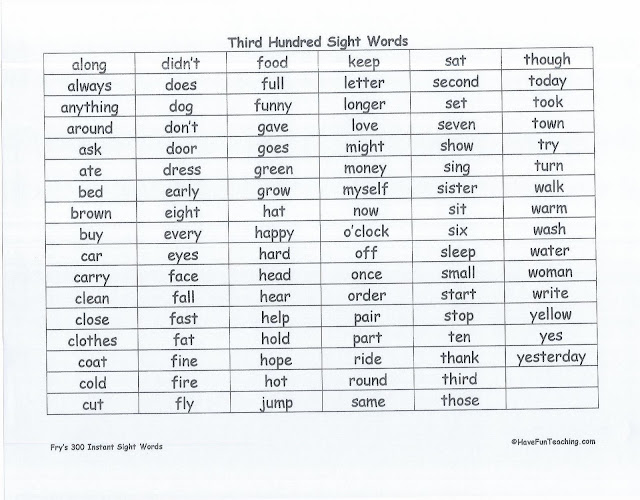 e. on, firstly, how perfectly the child hears, sees, feels the environment; secondly, how well he can operate with this information; thirdly, how accurately this knowledge can be expressed in speech.
e. on, firstly, how perfectly the child hears, sees, feels the environment; secondly, how well he can operate with this information; thirdly, how accurately this knowledge can be expressed in speech.
Games aimed at developing visual perception.
Vision is the most important of the five senses. Vision helps the child understand how the space around him is arranged, how his body is located in space and how he can control his position.
In addition, the child uses the acquired visual experience to communicate with other people: establishes eye contact, uses sign language. Later, the child begins to use the information received through vision in interaction with adults: for example, if the toy he is interested in is at the other end of the room, and there is an adult next to it, the child can ask him to bring the toy.
General recommendations for children with visual impairments
- Comment on all your actions in simple words so that the child understands what is happening with him and around him (now we will play).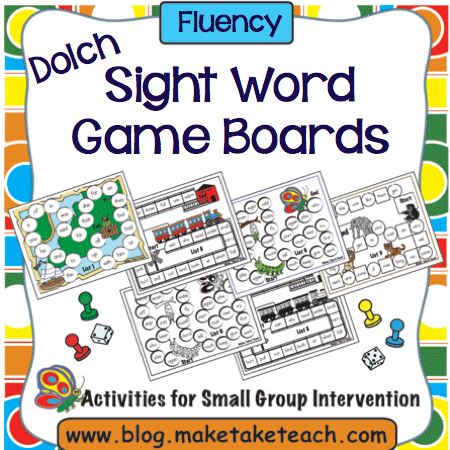
- Use simple language, describe the same type of action in the same terms to warn the child about what is about to happen (I take the ball).
- When you approach a child, first speak softly, affectionately to him. This will warn him and save him from fear.
- Put the toys your child plays with on a tray where he can take them. Once he gets used to the position of the tray, move him around. In this way, the child will develop an idea of the permanent existence of objects.
— Hang toys over the baby's crib so that the baby can touch them without having to reach for the toy.
Visual stimulation
A visually impaired child usually has some ability to see, and it is very important to teach the child to make the most of the available vision. Try to stimulate the child's vision. Children with other disabilities may also need stimulation to look at and reach for objects.
Here are some tips for parents with visually impaired children:
- Use big toys.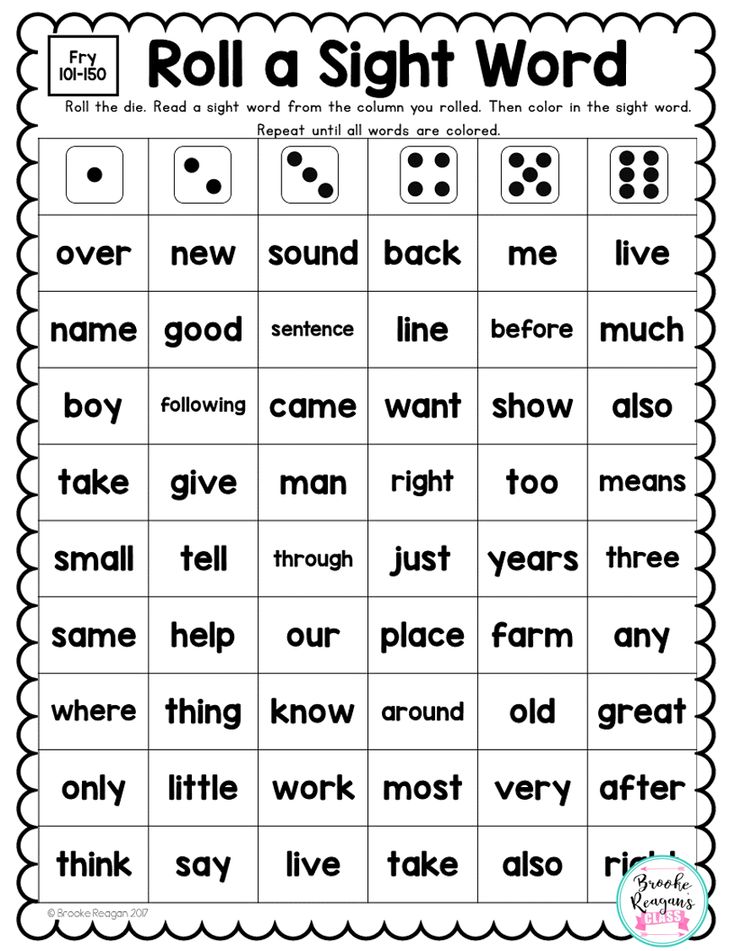 Small toys are difficult for visual and tactile perception.
Small toys are difficult for visual and tactile perception.
Use bright colored toys. Our vision works on contrasts: start with black and white toys, then move on to colors like red and orange. Luminous toys and shiny or holographic colored paper are also good.
— Ensure that the child plays in a bright, well-lit room.
Example games
1. Hello
• The child feels great pleasure when he sees your face.
• Lean close to your baby and sing this song:
Hello, hello, I love you so much.
Hello, hello, I can touch you.
Hello, hello, touch the little nose.
Hello, hello, kiss your little nose.
• Repeat the rhyme, while changing the last two lines, naming different parts of the face: eyes, ears, cheeks or lips.
2. Where is he hiding?
• Hold a brightly colored scarf in front of your child.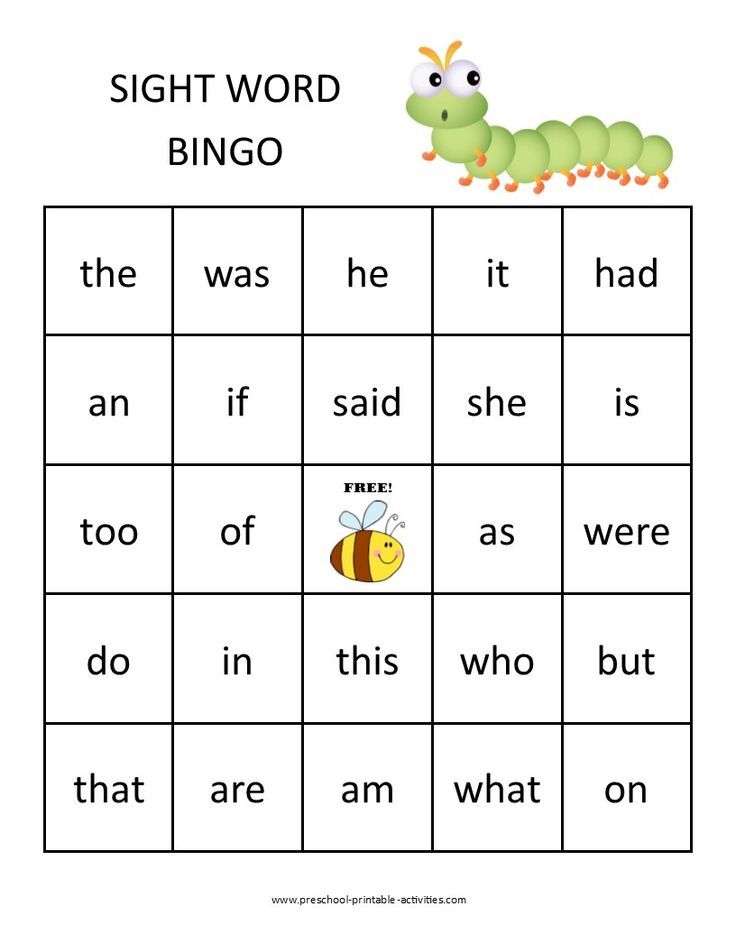
• Move him slowly from side to side and tell him how beautiful and bright he is.
• Once you are sure that the baby is looking at the scarf, slowly move the scarf aside.
• Continue to move him from side to side, making the baby follow him with his eyes.
• Try to play this way more often. You help children's brains develop!
Attention! As with any game, keep a close eye on your toddler for signs of fatigue and any desire to rest or play something else.
3. Playing with hats
• Your face is the first thing your child recognizes.
• Try playing the hat game with your baby. He will recognize your face, thus developing vision.
• Pick up as many hats as possible and, putting them on one by one, say the following words:
Hats, hats, hats, hats. (Slowly tilt your head back and forth.)
Mommy (daddy) ... (name) has a hat.
… (same person) loves … (child's name) When … (child's name) has a hat on his head.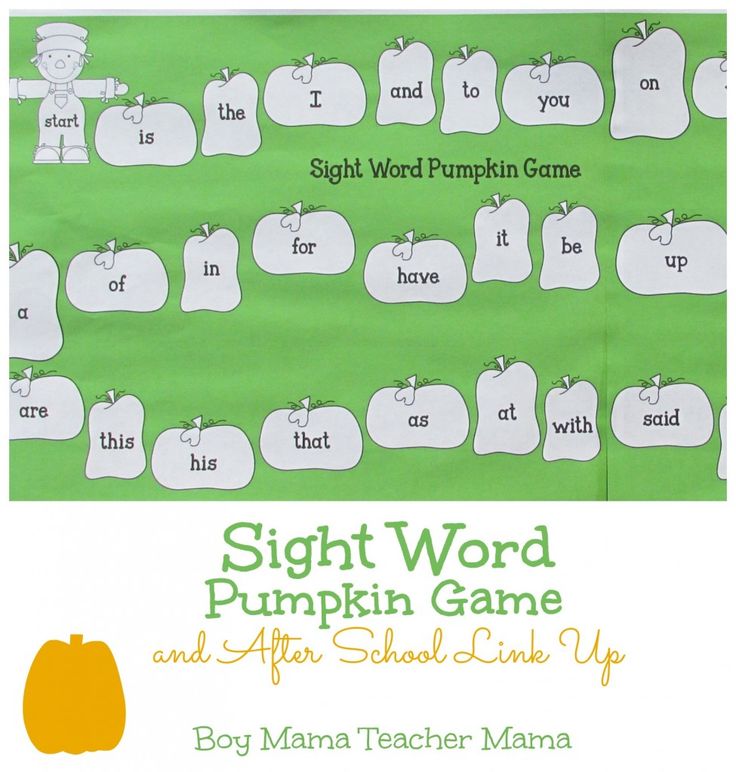
• If you don't have enough hats, tie a scarf or ribbon around your head.
4. Peepers
• Be sure to get the child's full attention. Change your facial expression: smile, make a sound, or wrinkle your nose.
• Watching your baby's reaction when he follows your facial expressions is very exciting. His interest may be expressed in the fact that he will open his eyes wide or begin to move his arms and legs.
5. Look what I see
• Pick up some colorful toys and move them slowly side to side in front of your baby, one after the other, to get his attention.
• During this period, babies begin to pay attention to their hands. At first, they stare at them for a long time and finally discover that they can make them appear and disappear.
• Take the child's hands in yours and gently clap them in front of the baby's face:
Almonds, Altars,
Clap your hands.
Mommy … (name of the person playing with the baby) pat on the cheek.
Clap your hands.
6. Wonderful light
• If desired, the flashlight can be covered with colored film.
• Hold the child in your arms and light the flashlight.
• Move it slowly from side to side and watch your child follow the flashlight with their eyes.
• While moving the flashlight, say:
Wonderful light, wonderful light,
Here it is - wonderful, wonderful light.
• Not only is this a lot of fun for kids, but a lot of necessary connections are made in the brain while playing.
When a child watches moving objects, a neuron on the retina forms a connection with another neuron located in the area of the brain responsible for vision. The kid, one might say, is improving his vision.
7. Where did the toy go?
• Hold your child's favorite toy in front of their eyes, then hide it.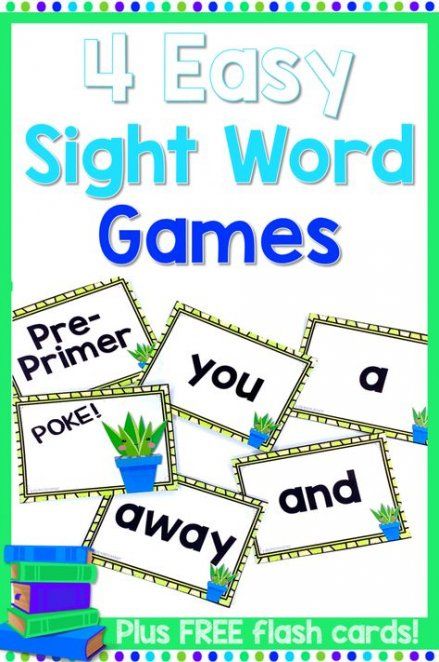
• Encourage your child to search with questions like "Is she in heaven?" and look up.
• Ask: "Is she on the ground?" - and look down.
• Then ask: “Maybe I have it in my hands? And, indeed, in the hands.
• As soon as your baby grows up, he will start looking for a toy that has disappeared from his sight.
• When he starts to pay attention to where you have hidden the toy, he will follow your movements when you remove your hand.
8. Mirror games
• Looking at yourself in the mirror is an interesting and exciting activity. In addition, it gives the baby the opportunity to learn about himself from a new side.
• Here are a few things you and your baby can do in front of a large, full-length mirror:
– smile;
- move various parts of the body;
- make faces, making funny sounds;
- to pronounce various sounds with the help of lips;
- to imitate the voices of animals;
- swing back and forth.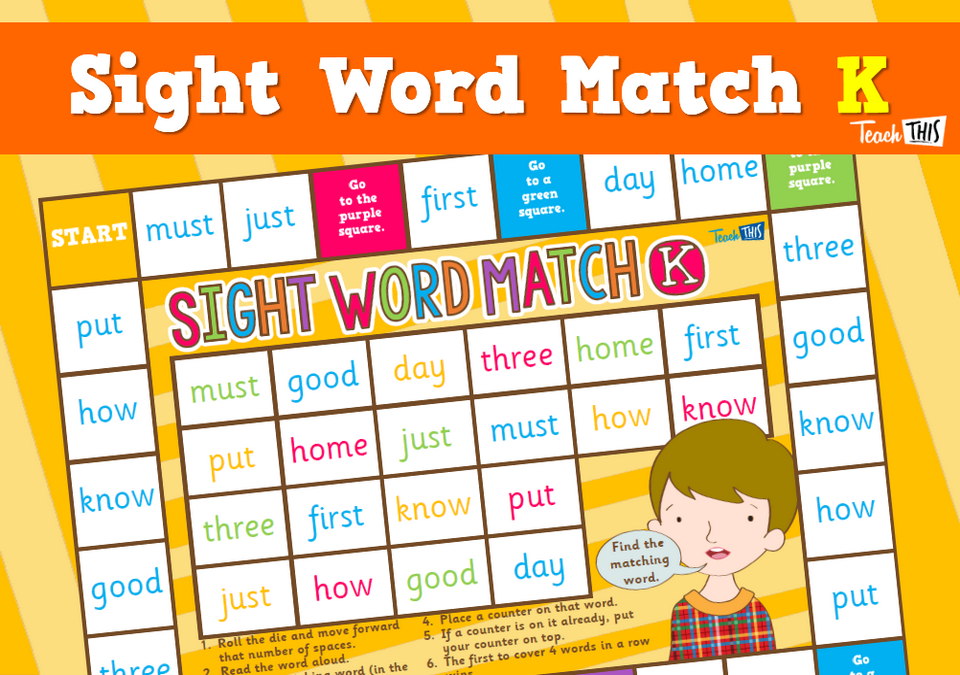
Since the visual neurons begin to form quite early, children need stimulating visual exercises.
9. Hide and seek with a doll
• Put the cloth doll on your arm and hide it behind your back.
• Show your hand and say: “Ku-ku… (baby's name)”.
• Now hide the hand with the doll behind the back again.
• Continue repeating these steps until the child consciously waits for the doll to appear in a particular location.
• Now let the doll appear from behind your head, from behind the baby's head. Always bring the doll to the baby's face (but not too close) when you say "coo-coo".
Each game of hide-and-seek stimulates the creation and strengthening of thousands of connections between brain cells, gradually improving the complex network of connections that will remain in this state throughout your child's life. In a later period, such connections are formed with difficulty.
The article was prepared by Margarita Stanislavovna Trunova, a psychologist at the Elizabethan Kindergarten (ANO MMDC).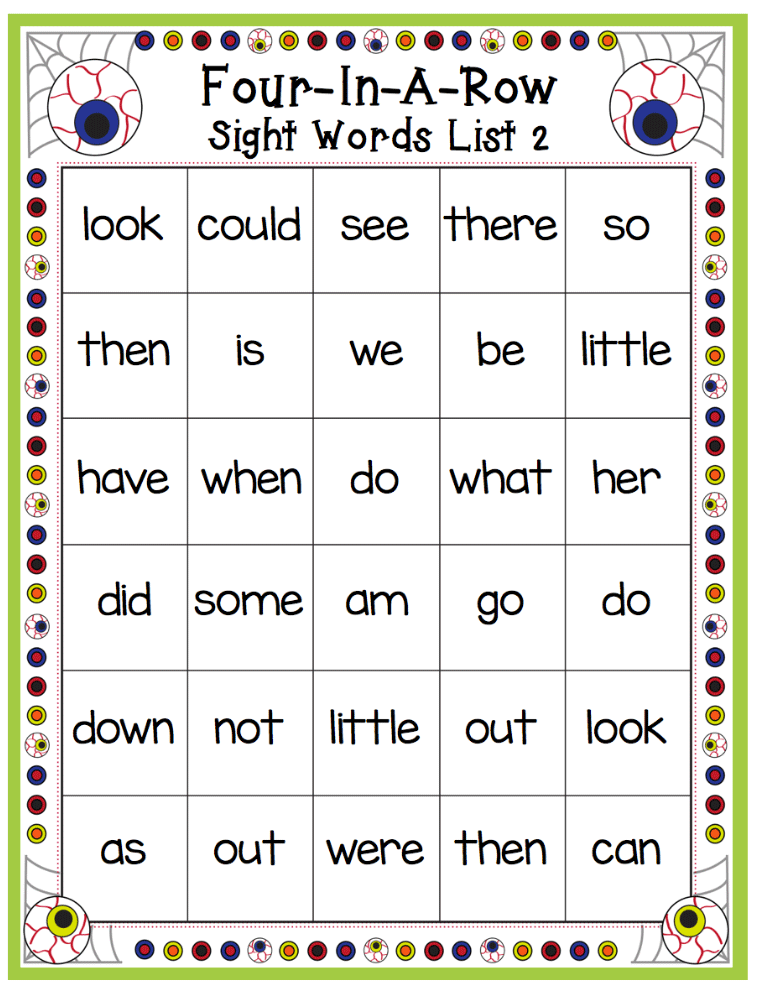
How do long gaming sessions affect gamers' vision?
Contents
Benefits and harms of video games Features of the impact on vision of various gaming platforms How do different genres of computer games affect vision? What eye diseases can provoke video games? Diagnosis of dry eye syndrome Treatment of dry eye syndrome Solution "Gylan" to eliminate dry eyes
There is a stereotype that computer video games have a negative impact on our vision. In fact this is not true.
Benefits and harms of video games
Games are a familiar activity for people, including children, which, with the development of technology, has moved into a new format. We play for fun and learning, practicing some skills and abilities. From a medical point of view, reading books, to which children and schoolchildren are actively motivated, does more harm to the eyes than a computer game. Looking at small book type, you have to strain your eye muscles and focus on a close object for a long time.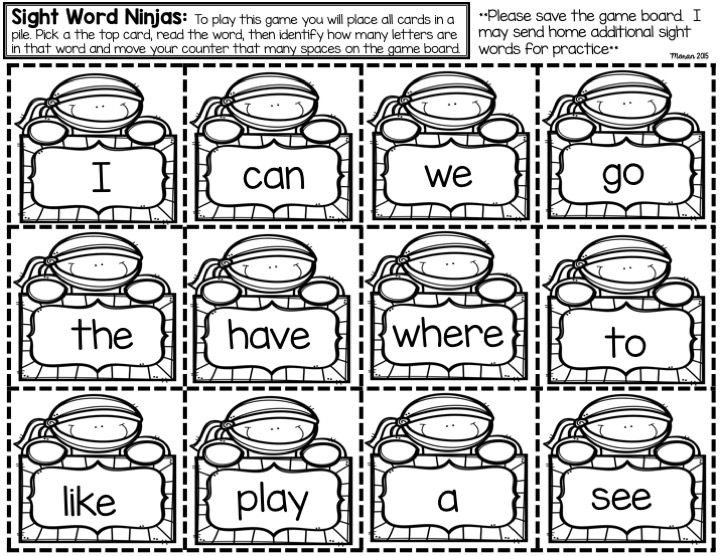 This leads to the development of myopia.
This leads to the development of myopia.
Video sequences of computer games usually consist of large images, so eye strain can only arise from sitting at the computer for a long time. The glow of the screen with the correct contrast and brightness settings, good room illumination does not adversely affect vision. If every 20-30 minutes you are distracted from the screen and do gymnastics (alternately look at objects located far and near), you can avoid fatigue of the ciliary muscle, which is responsible for the ability to see equally well at different distances.
In other words, if a person uses the computer reasonably, takes breaks, and does not sit at the monitor for several hours in a row, then vision will not suffer.
Peculiarities of influence of various gaming platforms on vision
American scientists who conducted research on the impact of computer games on vision came to the conclusion that they not only do not harm the eyes, but also develop visual acuity.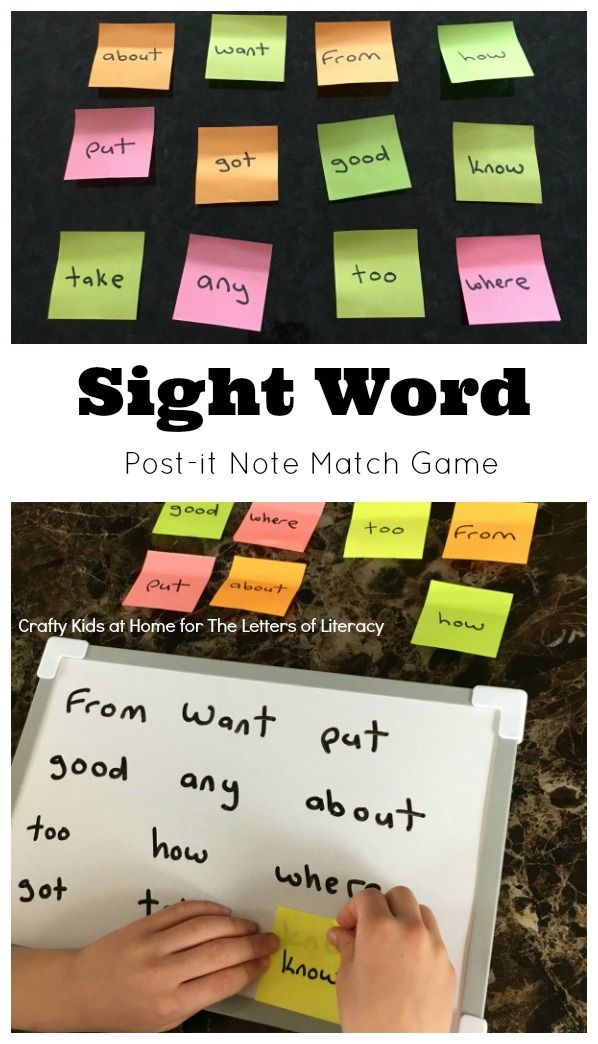 During the game, the work of the brain is enhanced, which leads to an improvement in visual perception: the ability to distinguish small details, follow the movement of objects, and distinguish shades of color increases.
During the game, the work of the brain is enhanced, which leads to an improvement in visual perception: the ability to distinguish small details, follow the movement of objects, and distinguish shades of color increases.
What are the best gaming platforms to use? It all depends on the quality of the picture and the size of the monitor.
Personal computers
Small screen and low resolution - not the best for gaming. The lower the image quality, the more difficult it is for the eyes to "collect" the picture. Too large screens will require an increase in the distance between the monitor and the gamer, and this is not always possible, for example, in small rooms. On a medium-sized monitor with HD-ready and full HD resolution, all game objects are perfectly visible, so there is no need to strain your eyes. The LED monitor is safer because the LED backlight improves image quality and contrast, making colors more realistic. This helps a lot in video games where you often have to look for objects in shadowy areas.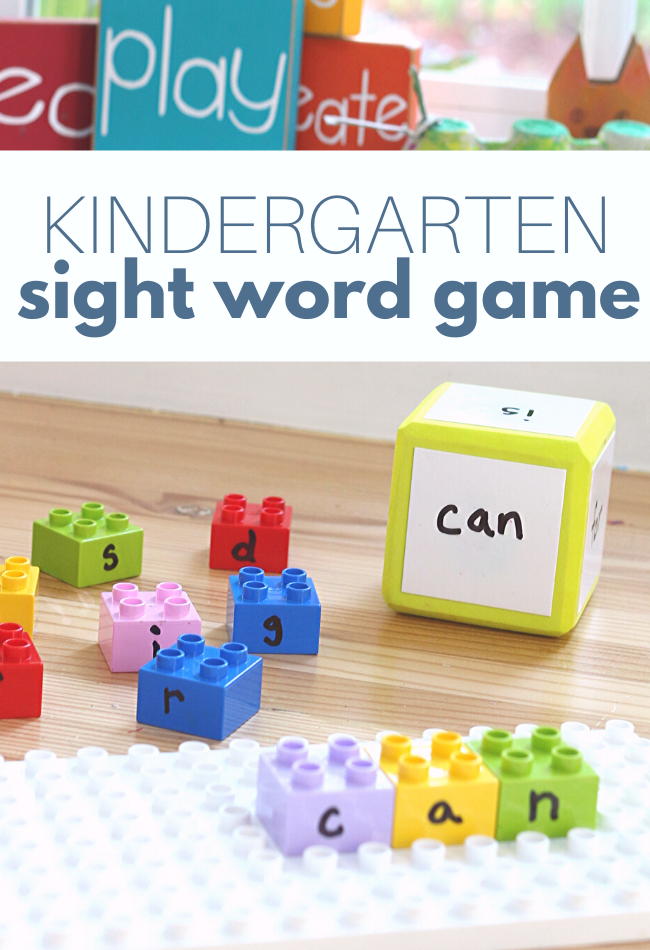
Game consoles
Game consoles with stock mini-screen HSH, PSP are completely unacceptable for enthusiastic gamers. With a small screen size, they have a low resolution, so you have to strain your eyes hard and focus your eyes to follow the game.
It is best to choose consoles that can be connected to modern monitors or TV. If the second option is chosen, then do not use old TVs that are not able to convey the rich color gamut of video games and do not “keep up” with dynamic images.
How do different genres of computer games affect vision?
- Shooters improve visual acuity;
- Action games, fighting games and racing improve contrast sensitivity and response;
- Strategies that require tracking a large number of small numbers and patterns, the ability to switch attention due to quick screen changes, increase the sensitivity of vision, but cause eye muscle strain in inexperienced gamers;
- MMORPG , characterized by a more relaxed gameplay, does not lead to severe eye strain in a normal environment, but during periods of tension and stress in raids, PvP battles, and other high-level activities that require strong concentration, they can reduce the quality of vision in the long term without compliance with breaks.
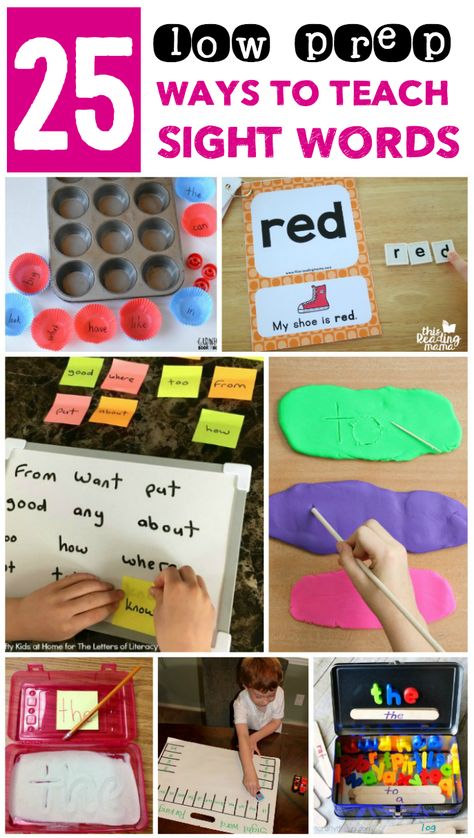
Scientists from different countries have proven the beneficial effect of video games on vision. At the same time, it is known that it is not even the game itself that gives a positive effect, but its genre, since the load on one or another area of the eyes depends on it.
With the right organization of playing time and the selection of the genre, video games become an effective training complex for improving vision. However, all the positive aspects of this type of activity can be easily crossed out if you do not follow the mode of using a computer. Breaks for rest should be done every 20 minutes, and the total time spent playing should not exceed 1-1.5 hours per day (about 40 hours per month).
Which eye diseases can be caused by video games?
One of the most common diseases that develop against the backdrop of a total passion for video games is myopia. Focusing on close objects for many hours leads to the loss of the ability to distinguish objects located at a greater distance than the monitor is usually located.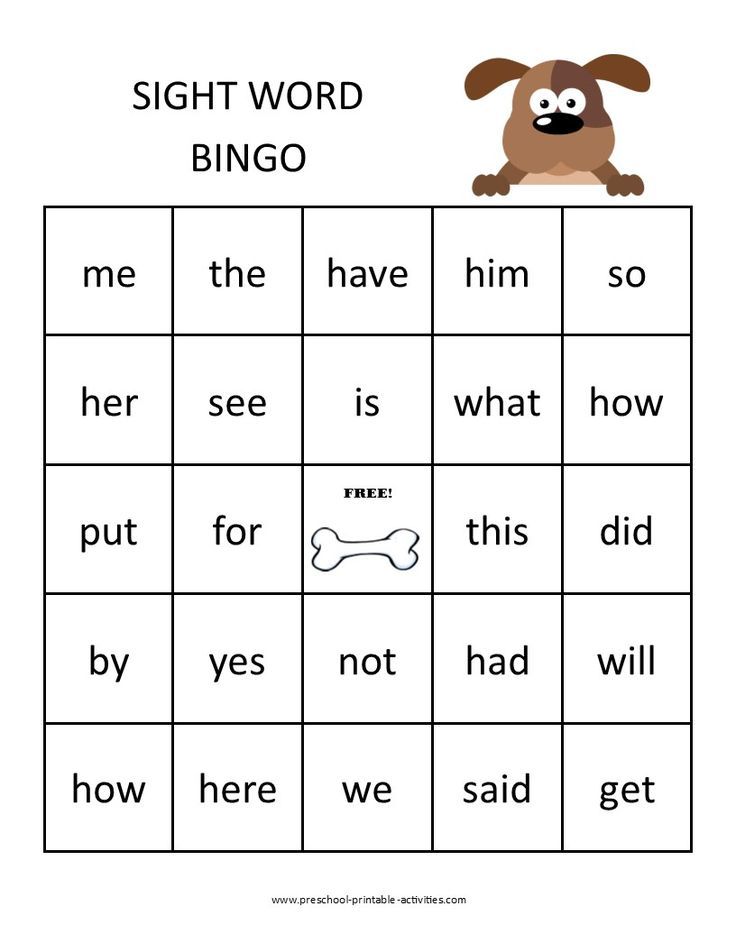
Most gamers suffer from dry eye syndrome (DES), as they blink very rarely during the game, resulting in oxygen starvation of the cornea and changes in the structure of the eye.
Diagnosis of dry eye syndrome
Only an ophthalmologist can diagnose such a disease by conducting several studies:
In addition, the composition of the tear fluid is checked. With dry eye syndrome, it is not viscous enough, therefore it does not provide the eye with sufficient moisture and oxygen saturation.
Dry eye treatment
The only effective treatment for DES is artificial tears. It is very important that they do not contain preservatives that can worsen the condition of the eye shell. Depending on the severity of the disease, the viscosity and density of the agent are selected. These characteristics affect the duration of action of the drug and the degree of hydration.